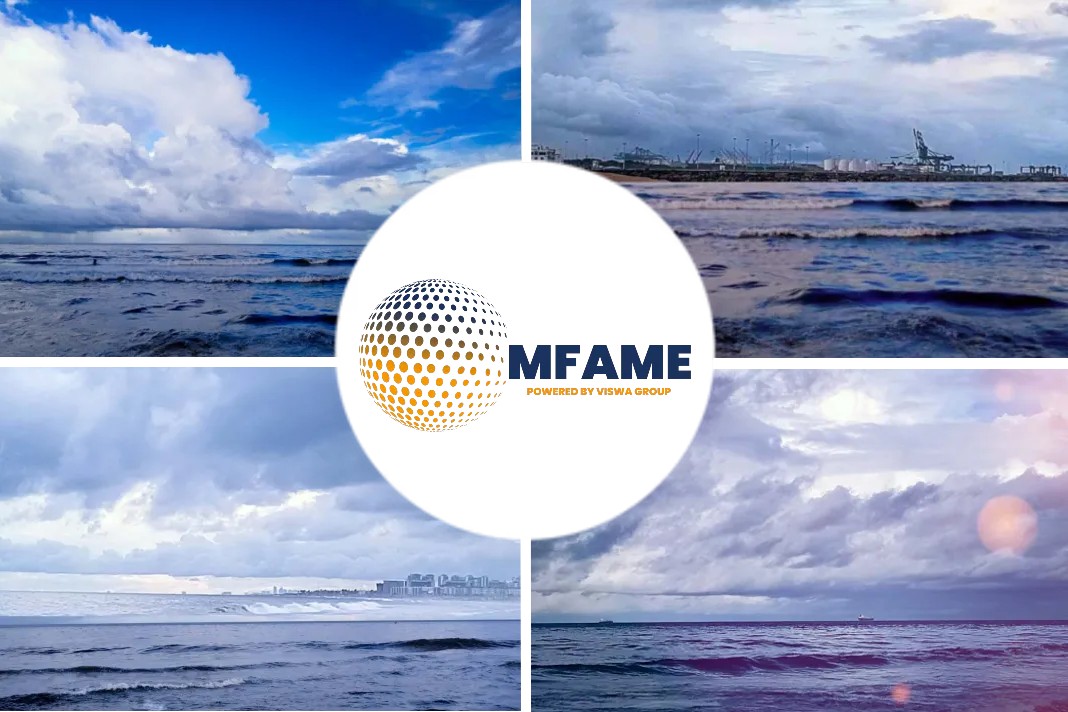Container shipping is emerging from a painful six-year slump, but a glut of tonnage that will hit the water over the next two years threatens to derail the nascent recovery.
In recent months, Mediterranean Shipping Co. and CMA-CGM SA have each announced orders for 11 mega-vessels. Together, with existing plans by Asian giants like Cosco Shipping Holdings Co. and Evergreen Line, the moves mean dozens of these vessels will be delivered by 2020.
The ships—as tall as the Empire State Building if turned upright—can move 20,000 containers each and will sail between Asia and Europe, where operators often undercut each other, pushing rates below break-even levels.
“The gap between supply and demand is closing, but there is still tonnage coming in, so the problem is not going away,” said Alan Murphy, chief executive of Copenhagen-based SeaIntel Maritime Analysis.
Shipping analyst Alphaliner said shipping demand would have to grow 8% annually for the overhang to be cleared next year. If growth is a more realistic 5%, overcapacity will extend into 2020—as long as there are no new orders on top of what is already on the books.
Shipowners say rising demand will absorb the new capacity and those with the biggest and most efficient ships stand to benefit. The big players moved to renew their fleets on the back of low steel prices and cheap financing over the past four years.
“We see solid global growth in the U.S., Europe and China, which is good news for shipping,” said Soren Skou, the chief executive of A.P. Moller-Maersk A/S, which operates Maersk Line, the world’s biggest shipping company. “We also see a turnaround in energy-dependent countries like Brazil and Russia, where economies are no longer contracting.”
Recovery expectations are also reflected by strong volume growth at major ports across the globe. Chinese ports handled an average 10% more cargo in the three months to September and West Coast gateway Long Beach, Calif., handled a record 2.1 million containers over the same period, up 16% on year.
Maersk’s Mr. Skou expects capacity growth to be more disciplined over the next decade, with only about six global operators controlling the market while smaller players have minimal impact on freight pricing.
The shipping ranks have thinned after a downturn in global trade led to price wars among carriers on major trade lanes and an unprecedented consolidation in which the top 20 container lines narrowed down to 11.
The remaining players have formed three global alliances that have allowed them to cut billions in annual costs by coordinating cargo and sailing larger vessels. Drewry Shipping Consultants Ltd. estimates that container lines are set to report a combined $6 billion in operating profit this year. The world’s top 20 operators lost around $5 billion last year.
More than 60 megaships are on order, with Cosco, the world’s fourth biggest player, getting 17 next year and Evergreen 11 by 2019. MSC and CMA CGM, the second and third biggest operators, will get their deliveries starting in the second half of 2019. Cosco said this week it will raise $1.9 billion through a private placement at Shanghai Stock Exchange to finance the new ships.
Rates have come up strongly since the depths of the crisis in the first quarter of 2016 when they hovered at around $300 per box in the benchmark Asia-Europe loop, compared with $783 now.
However, after a strong start this year, rates in the third week of October were down sharply across the board according to Freightos, an online freight marketplace. Asia-Europe rates fell 16% on year, trans-Pacific rates were down 29% and Asia to the U.S. East Coast declined 29%.
Ship owners say anything below $1,400 on the Asia-Europe route is unsustainable in the long term.
Cargo demand usually falls in the fourth quarter after the summer season peak when Western retailers stock up for the year-end holidays, Mr. Murphy said. He expects an increase in freight rates of up to $500 per box in 2018.
Did you subscribe for our daily newsletter?
It’s Free! Click here to Subscribe!
Source: Wall Street Journal






















